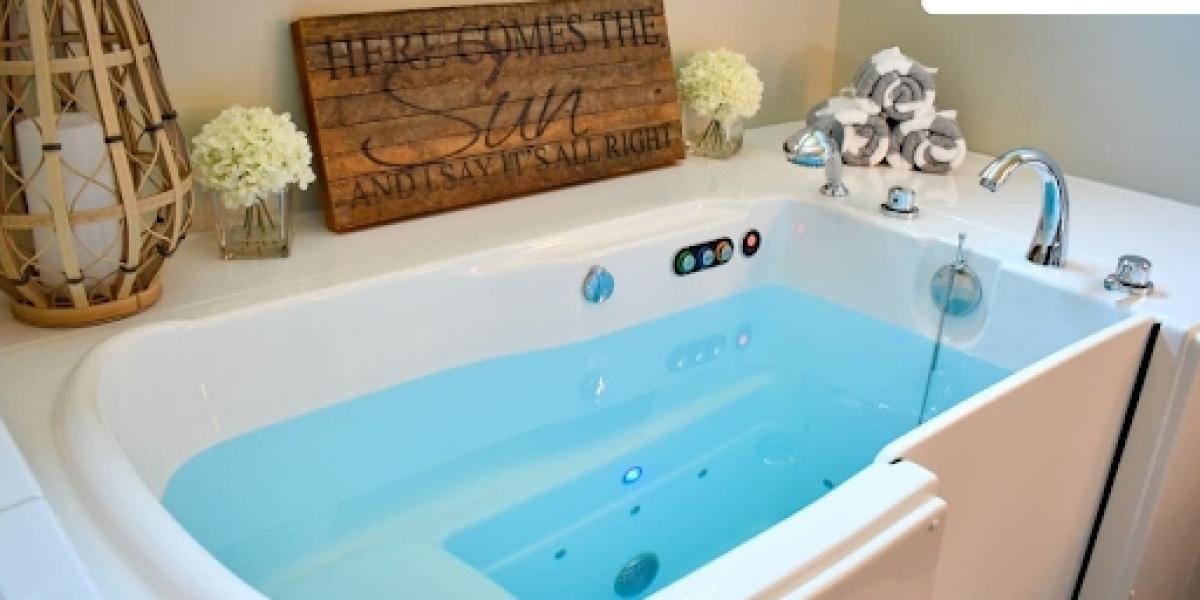Installing a walk-in bathtub can significantly enhance the safety and comfort of your bathroom, especially for individuals with mobility challenges. Here’s a comprehensive guide to help you understand what to expect during the installation process.
1. Initial Assessment and Consultation
Before the installation begins, a professional assessment is necessary. During this stage, a representative from the bathtub company will visit your home to:
- Evaluate Your Bathroom Space: Measure dimensions, assess plumbing and electrical systems, and determine if any structural modifications are needed.
- Discuss Your Needs and Preferences: Understand your specific requirements, such as preferred features (e.g., hydrotherapy jets, heated seating) and accessibility needs.
- Provide an Estimate: Offer a detailed quote that includes the cost of the bathtub, installation, and any additional modifications.
2. Choosing the Right Bathtub
After the initial assessment, you'll choose the right walk-in bathtub for your home. Consider the following factors:
- Size and Fit: Ensure the tub fits your bathroom space without requiring extensive remodeling.
- Features: Decide on the necessary features such as grab bars, anti-slip flooring, built-in seating, and therapy options.
- Budget: Choose a model that fits within your budget while meeting your needs.
3. Preparing the Bathroom
Before the actual installation, the bathroom needs to be prepared. This preparation may include:
- Removing the Old Tub: The existing bathtub or shower will be removed carefully to avoid damaging surrounding areas.
- Adjusting Plumbing and Electrical Systems: Necessary adjustments will be made to accommodate the new walk-in tub. This might involve moving plumbing fixtures or upgrading electrical outlets.
- Structural Modifications: If required, walls may be modified or reinforced to support the new bathtub.
4. Delivery of the Bathtub
Once the bathroom is ready, the new walk-in bathtub will be delivered to your home. Ensure the delivery is scheduled at a convenient time and that there is a clear path for the bathtub to be moved into the bathroom.
5. Installation Process
The actual installation process involves several steps:
- Positioning the Bathtub: The tub is carefully moved into place and positioned correctly.
- Securing the Tub: The bathtub is secured to the floor and walls to ensure stability.
- Connecting Plumbing and Electrical Systems: Professional plumbers and electricians will connect the tub to your home’s plumbing and electrical systems, ensuring everything is up to code.
- Sealing and Waterproofing: All edges and seams are sealed to prevent water leakage.
6. Testing and Quality Checks
After the installation is complete, the installer will perform a series of tests to ensure everything is working correctly:
- Water Testing: Fill the tub and check for any leaks or drainage issues.
- Functionality Testing: Test all features, such as jets, heaters, and any other integrated systems.
- Safety Checks: Ensure grab bars, anti-slip surfaces, and other safety features are securely in place.
7. Cleanup and Final Adjustments
Once the testing is complete, the installation team will clean up the work area, removing any debris and ensuring the bathroom is left in good condition. Any final adjustments will be made to ensure everything is perfect.
8. Walkthrough and Demonstration
The final step involves a thorough walkthrough and demonstration. The installer will:
- Show You How to Use the Tub: Explain how to operate all the features, including filling, draining, and using any therapeutic options.
- Maintenance Tips: Provide tips on how to maintain your new walk-in bathtub to ensure its longevity.
- Answer Questions: Address any questions or concerns you may have about your new bathtub.
9. Post-Installation Support
Many companies offer post-installation support to ensure customer satisfaction. This support may include:
- Warranty Information: Explanation of the warranty and what it covers.
- Customer Service Contact: Information on who to contact if you experience any issues or need further assistance.
- Regular Maintenance Services: Some companies offer maintenance services to keep your bathtub in optimal condition.








